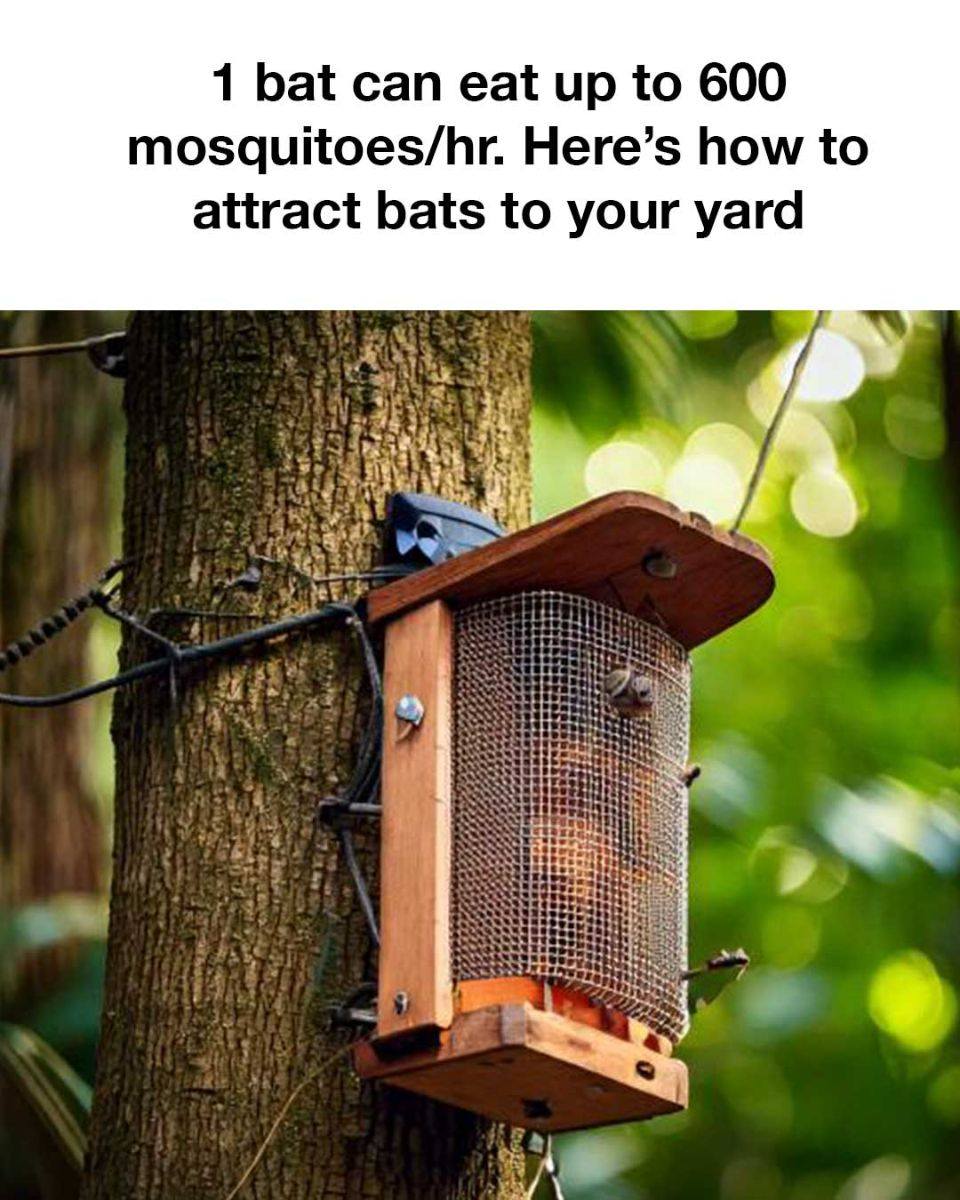Bats are often misunderstood creatures, frequently depicted as spooky and ominous. However, they play a crucial role in our ecosystems, particularly as natural pest control agents. Did you know that a single bat can eat up to 600 mosquitoes in just one hour? By attracting bats to your yard, you can reduce the mosquito population and enjoy a more pleasant outdoor experience. This article will guide you through the benefits of having bats around and how you can create a welcoming habitat for these nocturnal critters.
The Benefits of Attracting Bats to Your Yard
Attracting bats to your yard has multiple benefits beyond their impressive mosquito consumption. Bats also eat other insect pests, which contributes to the health of your garden by reducing the need for chemical pesticides. Additionally, bats play an essential role in pollinating certain plants and dispersing seeds, enhancing the diversity and vitality of your local flora. By supporting bat populations, you’re also helping to conserve these important species, many of which are under threat from habitat loss and disease.
Understanding Bat Behavior and Habitat Needs
To successfully attract bats, it helps to understand their natural behaviors and habitat requirements. Bats are nocturnal animals that seek out secure roosting spots during the day, such as tree cavities, caves, or man-made structures like bat houses. They require a habitat that offers a steady supply of insects and access to water. Bats are seasonal in many areas, so they’re most active and beneficial from spring through fall when insects are plentiful.
Creating a Bat-Friendly Environment
Creating an environment that appeals to bats involves a few key elements. First, minimize outdoor lighting, as excessive light can deter bats. Consider using low-intensity, red-tinted lights if illumination is necessary. Preserve or plant native trees and shrubs to provide natural shelter and roosting options. Avoid using pesticides to ensure there’s a healthy insect population for bats to feed on. Finally, create a layered habitat with mixed-height vegetation that mirrors a more natural landscape.
Installing Bat Houses
see continuation on next page

